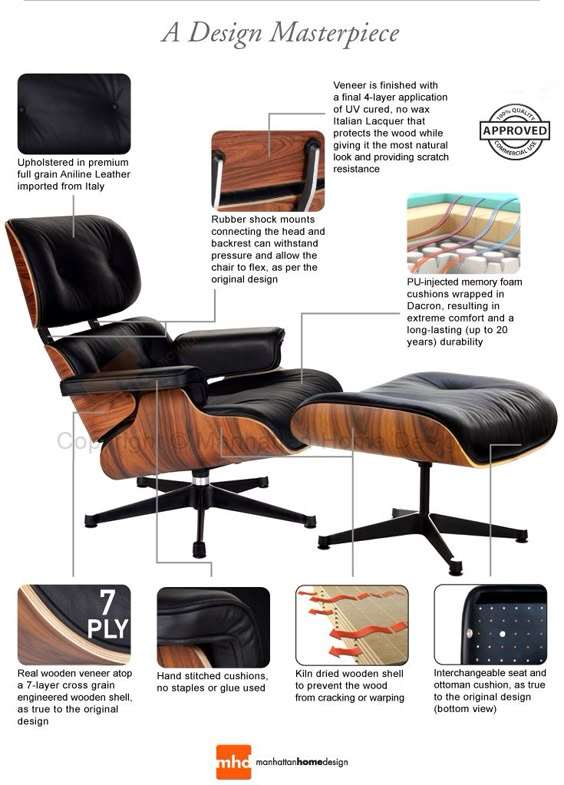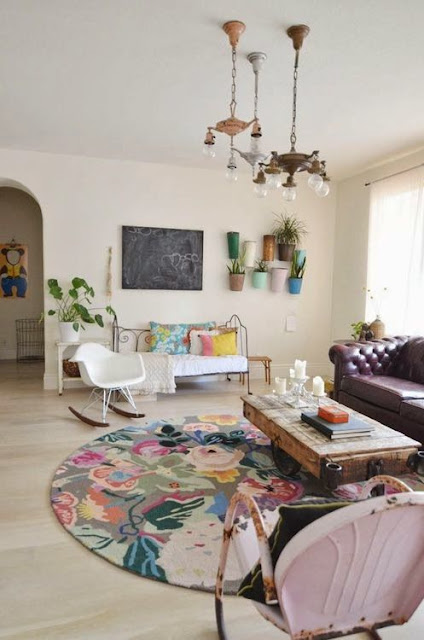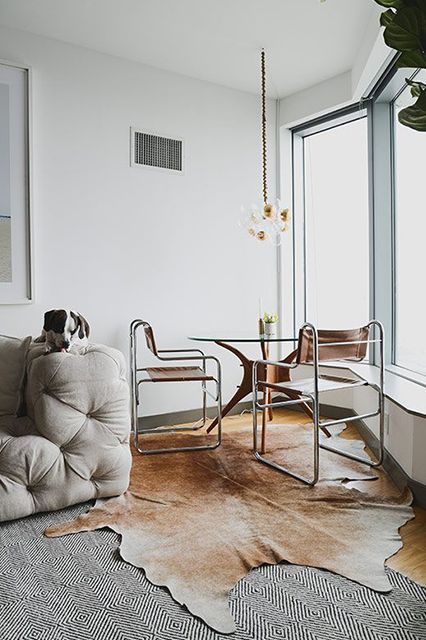Today, I thought it would be a good idea to talk about the different types of wood plank paneling clients are requesting in their homes. Joanna and Chip Gaines of
Fixer Upper are largely responsible for the current popularity of wood plank paneling, although it has existed for many years. There are four main types of paneling that I use, each with their own distinctive look: beaded board, shiplap, flush board, and chamfered board. Knowing more about each one can help you and your client get the look they want.
Beaded Board
- tongue-in-groove boards that lock together with a male/female joint
- have a distinctive appearance that was very popular in the early 1900s
- vary in width, but usually come in 2", 4", 6", and 8" widths
Richard's Note:
This option was used plenty before the invention of sheet goods such as plywood and drywall. It can look nice, but it can also look very busy. I use it sparingly in my projects.
Shiplap
- currently, the most popular plank paneling option
- joints overlap opposite joints
- easy to install
- mainly 6" width, but come in 4" and 8" available as well
Richard's Note:
This look is really popular right now and can look good, but it has the potential to be rough-looking, since the ends do not lock together like with tongue-in-groove applications. However, that also might be the look you're trying to achieve. Its just something to keep in mind.
Flush Board
- tongue-in-groove, like beaded boards, but have no beads
- creates a smooth, clean appearance
- spacers can be added to break up the appearance
Richard's Note:
Gives you a great look with a clean application since the ends lock together. This is my favorite of the paneling options, and, the wider, the better. Flush board on a ceiling or horizontal on a wall is an outstanding look that will never go out of style.
Chamfered Board
- tongue-in-groove boards with chamfers (angled cuts)
- create a V-groove after application
- come in 4", 6", 8", 10," and 12" widths
Richard's Note:
These look very similar to flush board, but they have a chamfer on each edge. It is a very good look, but it sometimes adds detail that may be very busy for some of us.
As we see on Fixer Upper with Chip and Joanna Gaines, wood plank paneling is very popular. Many of these boards are reclaimed or reshaped from reclaimed materials, which have great character. The old patina looks very nice and works well with several different aesthetics.
If you or your client decide to go with real wood, you should expect some shrinking, warping, or cupping over the years. This can add character, but it can also create an unsightly finish. Engineered products are now being used that have great stability.
That being said, wood is still the most popular choice in this application. And stained woods can look very good as paneling. Let's not forget the beauty of wood.





![black + grey kitchen w/ factory windows [loft cinderela by Brazilian architects AR Arquitetos]](https://i.pinimg.com/564x/5f/cc/ae/5fccae10832e91603e787546bfc691ba.jpg)
















































